These are two terms that deal with the intensity of light and its diffusive effects: lumens and lux.
To complicate matters they basically are the same type of measurements, although in a different type of way. Confused yet?
Most people are, so we will start with the definitions.
Table of Contents
Flashlight Lumens vs Lux — What Does It Mean?
The entire difference between lumens and lux can be summed up by how the light is measured. Lux measures the quantity of light that falls on objects. Lumens measure the total light emitted FROM an object. Both measurements are in square feet.
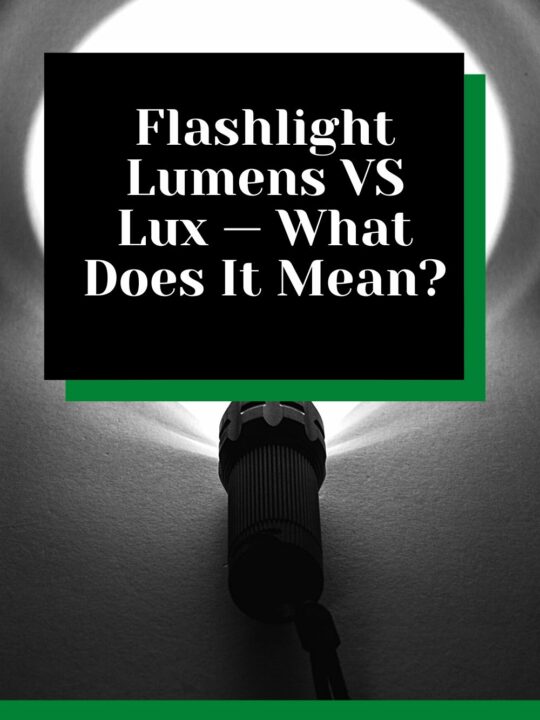
Lux can be explained as the light that surrounds an object. Lumens are the light that an object gives off.
Lumen is a quantity of light (lm in the scientific world) that makes up the lux (total illumination of light bulbs and of course, flashlight bulbs). Lumens and lux are used as measurements in all bulbs.
In other words, the more lumens, the brighter the bulb and the lux!
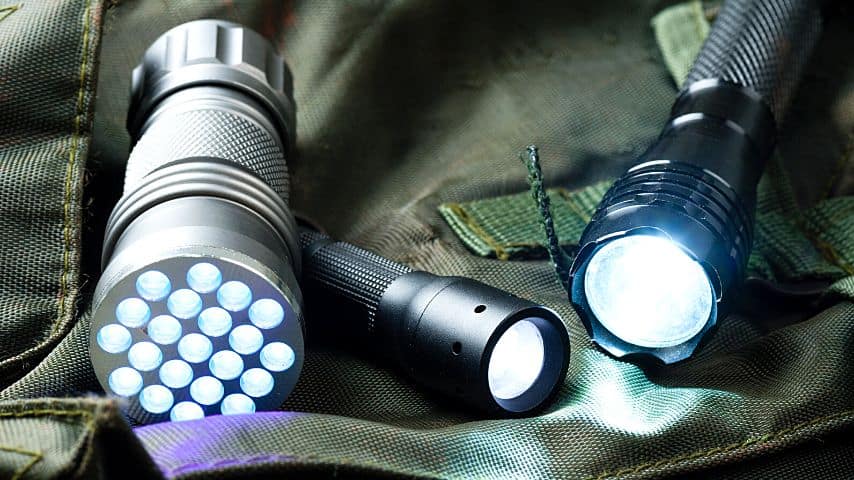
You can have a small flashlight with a high amount of lumens that will give off a brighter white light than a larger flashlight with a small number of lumens.
The number of lumens determines the amount of light the human eye can record in a bulb and of course in a flashlight.
The scientific community and manufacturers then judge a flashlight by its lux which is determined by the lumens.
4 Reasons Flashlight Lux VS Lumens are Meaningful
1. Too weak a flashlight is dangerous
Outdoors while camping and hiking at night, the lux will determine how far you can see so the correct number of lumens must be present in the bulb or you will literally stumble around in the dark!
Injuries occur most often in dimly lit areas.
2. Too strong a flashlight can cause eye problems
On the other end of the spectrum, bright white light can hurt corneas and leave a “halo” look around objects.
The light can create temporary blindness once it is turned off if the lumens and lux are too high.
Halo effects are caused by diffraction of the light once it is turned off and the eyes take time to adjust. Pupils dilate when exposed to really bright light, especially white light.
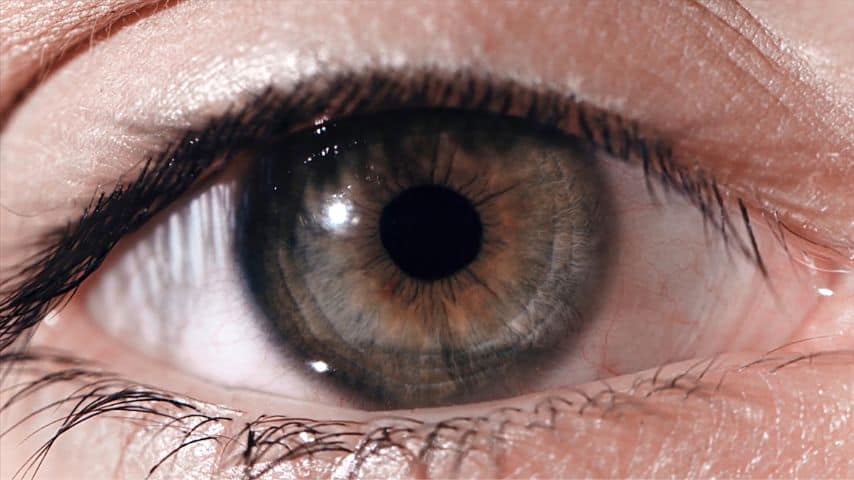
3. Costs are a factor
Since lumens and lux determine the wattage of bulbs, the more lumens and lux, the higher the price of the bulbs.
They can also burn out sooner as more power is used in the higher-watt bulbs of flashlights.
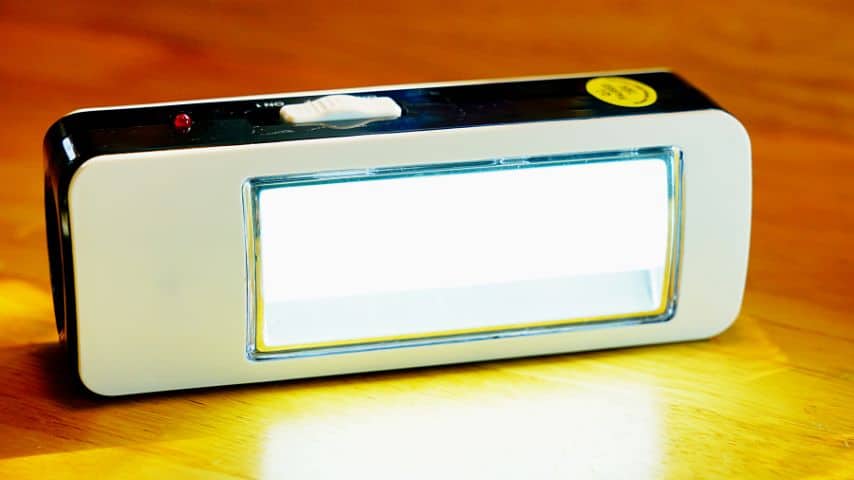
Different bulbs have different technologies, however, so this may not always be true.
4. The heat can be intense in higher lumens and lux
The brighter a bulb burns, the hotter it can get is a general rule, so caution against burns is needed when changing to a higher watt bulb.
A good rule of thumb is to use the lowest brightness possible while still remaining a safe lux.
Flashlight Lumens VS Lux — What Does It Matter and Mean?
Think of this scenario. You enter a dark room because the power went out.
You snap on your flashlight and it either immediately lights up a great portion of the room or only a small portion.
How large the flashlight is doesn’t matter. The lumens make up the flashlight’s lux, span, and brightness.
These three can be a safety issue, especially for those who camp or hike in darkened woods. In layman’s terms, this is the strength of the flashlight beam.

You can test the strength easily of the lux by simply pointing a flashlight at a wall and seeing how much in the distance can be seen clearly.
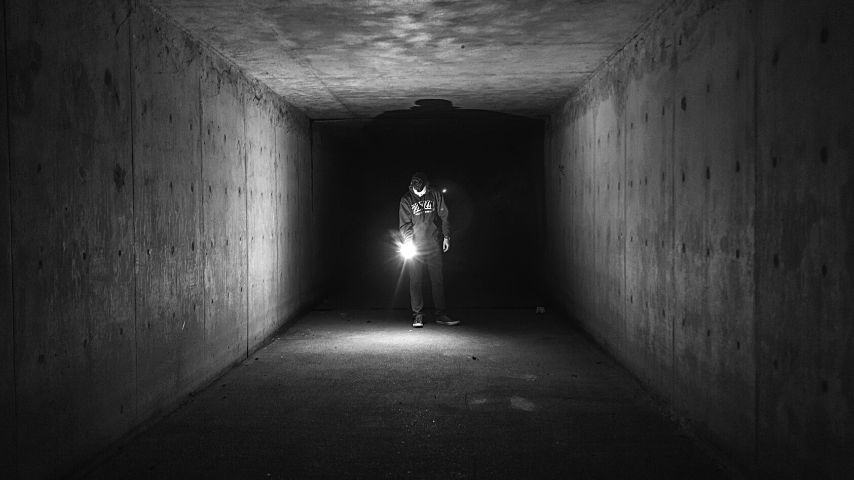
If you cannot see clearly enough for a far enough distance, then you need a higher lumens level to enhance the lux of the flashlight.
The brightness level varies tremendously and there are examples of charts online to aid in understanding.
However, what is being discussed is simply called luminescence and is what should be inquired about when purchasing a flashlight.
The amount of luminescence should be enough to light up a space sufficiently without becoming hot and dangerous.
A 1000-watt bulb will have more lumens and therefore increased lux than a 75-watt bulb and this is the standard of measurement for individuals to understand.
This explanation of wattages is explained on the US Department of Energy website.
A watt is a unit of power and the term (W) will show on all flashlights and bulbs with a number in front of it.
A 60 W bulb/flashlight then will not cast much lux as the lumen level is too low in a small watt bulb.
Frequently Asked Questions about Flashlight Lumens VS Lux and What They Mean
I bought a huge flashlight that is very bright but it is heavy. Why?
The larger the bulb and the larger the casing adds to the weight of a flashlight. It is wise to only purchase a size you know will throw enough light yet not be so heavy as to be clumsy.
My flashlight gives me a headache when I use it. Why?
It could mean you are getting a headache from the brightness. It can be better to switch to a lower wattage with fewer lumens and lux. If prone to migraines use tinted glasses of rose, pink, amber, grey, or purple to cut the luminescence and diminish the blue light emitted.
Conclusion: Lux VS Lumens in Flashlights —What Does It Mean?
Lumens are just the amounts of light components in a flashlight or any other bulb no matter how fancy it sounds. Lux is the amount of light emitted.
It is not a mystery at all although the terms lumens and lux are scientific. Think in the terms of “watts” and pick your flashlight based on that is a better rule thumb.
If outdoors a lot you want a lot of light with a wide berth.
If indoors a simple low-watt flashlight can suffice and you will save money on the bulbs. No matter what you choose there are no real right or wrong answers in the choice of a flashlight, simply preferences.

